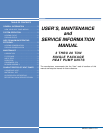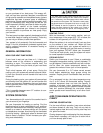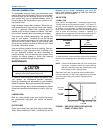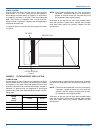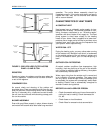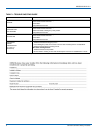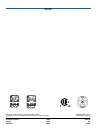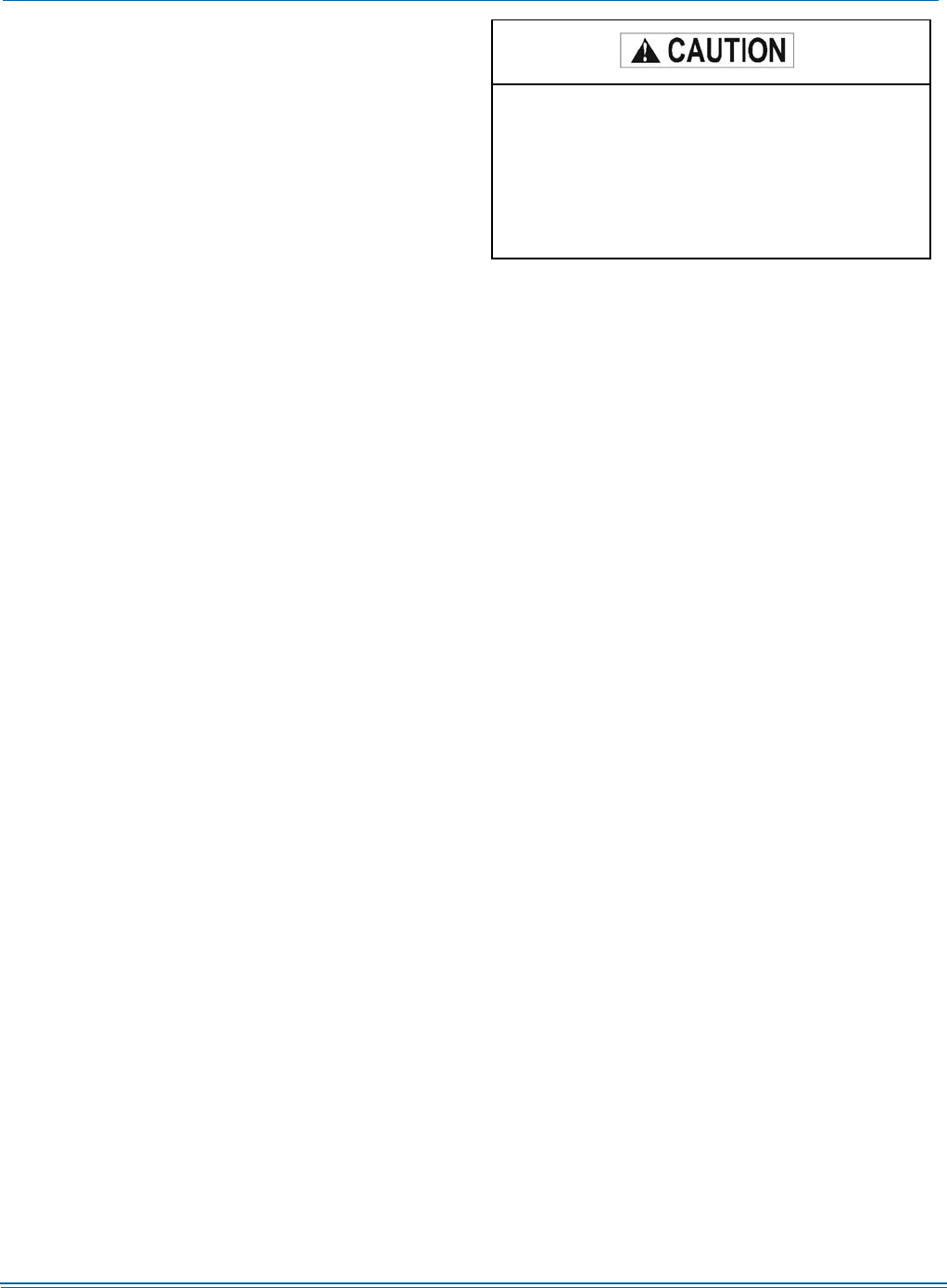
820900-UUM-A-1011
2 Johnson Controls Unitary Products
Congratulations...
on your purchase of our heat pump. This energy effi-
cient unit has been precision designed, manufactured
of high-quality materials and has passed many rigorous
inspections and tests to ensure years of satisfactory
performance. Please read this booklet thoroughly. It will
help you understand your heat pump and will tell you
how to operate it efficiently and how to obtain the great-
est measure of comfort at the lowest operating
expense. We appreciate your interest in our products
and your decision to purchase our heat pump. Enjoy
your comfort.
This heat pump has been specially developed and built
to meet dual needs of heating and cooling. That’s why
you can rely on efficient, trouble-free operation.
Your system is fully automatic. Set the thermostat and
forget it. And it’s automatically protected against dam-
age by voltage fluctuations or excessive heating or
cooling demands.
GENERAL INFORMATION
HOW YOUR HEAT PUMP WORKS
If your hand is wet and you blow on it, it feels cool
because some of the moisture is evaporating and
becoming a vapor. This process requires heat. The
heat is being taken from your hand, as your hand feels
cool.
That’s what happens with a heat pump. During the
cooling cycle, your system will remove heat and humid-
ity from your structure and will transfer this heat to the
outdoor air.
During the heating cycle, your system will remove heat
and humidity from the outdoor air* and will transfer this
heat to your structure. Remember that your heat pump
doesn’t generate much heat, it merely transfers it from
one place to another.
*This is possible because even 0F outdoor air con-
tains a great deal of heat.
SYSTEM OPERATION
Your thermostat puts full control of the comfort level in
your structure at your fingertips.
Set your thermostat for heating or cooling. Find the
temperature that is most comfortable for you, and then
leave your thermostat alone. Manually moving the ther-
mostat up or down to extreme settings will not speed
up temperature changes. Avoid moving the thermostat
up during heating - particularly where a demand type
electric meter is installed. This will increase your oper-
ating cost substantially.
HEATING CYCLE
With the thermostat in the heating position, and out-
door temperature in the range of 20 - 30 or below, the
outdoor unit will generally run 100% of time.
When the outdoor air is cool and moist, frost may form
on the surface of your outdoor coil. When this frost
builds to a certain point, your system will switch to a
defrost cycle. Although you may feel cooler air coming
from your registers, DO NOT adjust your thermostat.
This frost will melt quickly, and your system will return
to normal operation automatically.
COOLING CYCLE
Switch your thermostat to cool. Select a comfortable
thermostat temperature setting, typically between 75
and 80 degrees. Comfort sensations vary with individu-
als.The lower the indoor temperature desired, the
greater the number of hours your unit must operate.
Set your thermostat 2 or 3F below normal several
hours before entertaining large groups during hot
weather. People give off considerable heat and mois-
ture.
On an extremely hot day, the indoor temperature may
rise 3 to 6F above the thermostat setting. Properly
selected equipment does not have the capacity to
maintain a constant indoor temperature during this
peak load. Over-sizing your system to handle this peak
load isn’t practical because the over-sized system
would operate much less efficiently at all other condi-
tions.
AIDS TO MAXIMUM OPERATING EFFI-
CIENCY
HEATING CONSERVATION
For the most efficient operation, keep storm windows
and doors closed all year long. They not only help to
insulate against heat and cold, but they also keep out
dirt, pollen and noise.
Closing drapes at night and keeping fire place dampers
closed when necessary, will help you to retain the air
you have already paid to heat.
The Main power to the system must be kept “On” at all
times to prevent damage to the outdoor unit compres-
sor. If necessary, the thermostat control switch should
be used to turn the system “Off”. Should the main power
be disconnected or interrupted for 8 hours or longer, DO
NOT attempt to start the system for 8 hours after the
power has been restored to the outdoor unit. If heat is
needed during this 8 hour period, use emergency heat.



